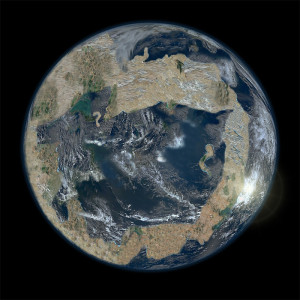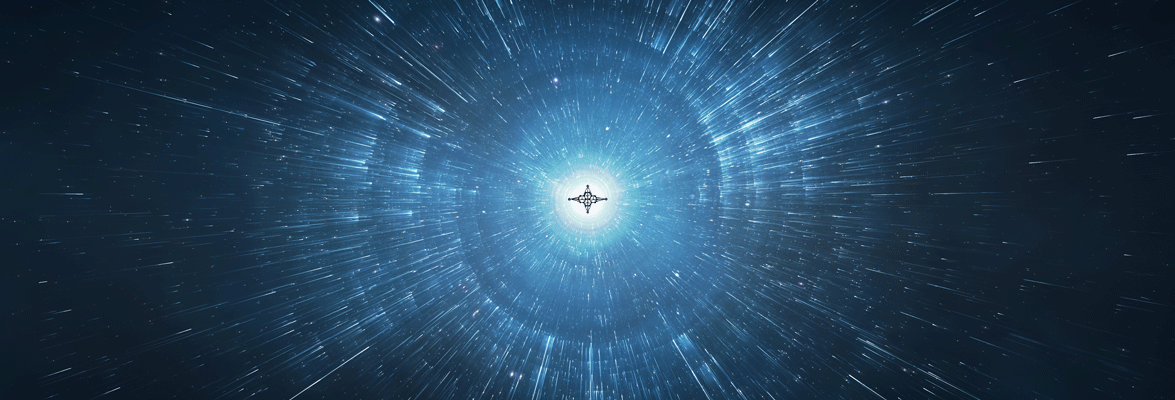31 May 2255
The starship Xingu returned from the Zeta Triangulum Australis system, docking at ICSE Spaceport 2 just hours ago. Unlike previous missions, the crewmembers transmitted little information about their new find in advance of their arrival.
The newly discovered planet is the smallest world yet found that could support human life without artificial environments. Its diameter measures 78 percent of Earth’s, giving the planet about 60 percent of Earth’s surface area and only 41 percent of Earth’s mass. Gravitational attraction at the surface measures only 69 percent of Earth’s, the lowest of any habitable planet. Oceans cover only 52 percent of Mammon’s surface, making it the driest among the habitable worlds.
The small oceans allow Mammon’s land area to almost equal Earth’s, despite the planet’s smaller size. Mammon’s two separate oceans create the most distinctive feature of its geography. On most planets, individual oceans form part of one continuous system which separates the continents. On Mammon, the reverse is true. One can travel exclusively on land to 99 percent of the planet’s dry surface, while the planet’s oceans lie separated by land expanses ranging from 700 to 11,000 kilometers.

Zetra Triangulum Australis is the first double-star system to support a habitable planet. The primary star (HR 6098) is a type G star about nine percent more massive and six percent larger in diameter than earth’s sun. It is orbited by a class M dwarf with a mass of just 10 percent of the primary. The earth-like planet orbits both stars at a distance of 1.1 astronomical units. The orbits of the dwarf star and the habitable planet are nearly circular ellipses.
Science-fiction buffs were quick to point out the similarities between the new planet and the mythical Tatooine from the Star Wars science-fiction films of the late 20th century. Tatooine orbited a double-star and was notable for its desert-like landscape.
But whether the planet in the ZTA system will ever be settled by humans is an open question. Its small size, high solar irradiation, and paucity of water may limit potential for humans and their food sources.
The crew of the Xingu spent three years exploring the planet and discovered that it is rich in a variety of useful minerals, including extraordinary organic compounds not found on any other known planets. They believe that a variety of microclimates are available for growing food, and the seas contain abundant life. At the arrival press conference, Captain Baq Husaini and his science staff made impassioned pleas for future missions to evaluate the planet for settlement. But critics point out that the planet Genesis in the 59 Virginis system has yet to be settled. Despite its lack of land life, Genesis is larger and has larger ocean systems than Tatooine’s double. Follow this link for additional information.
